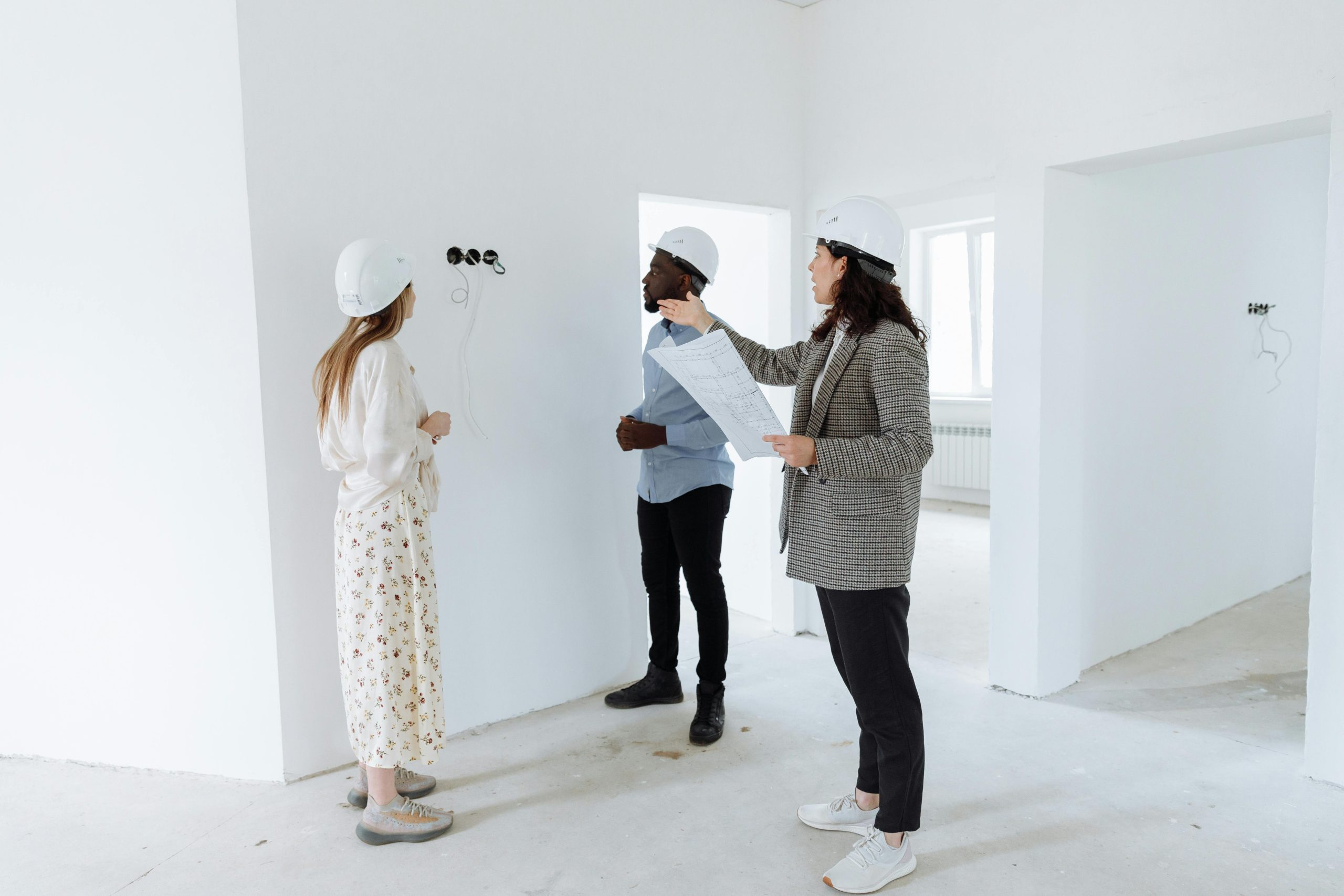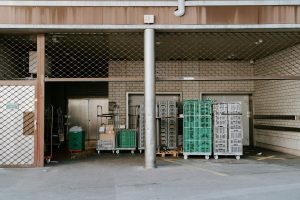Innovative Methods for Reducing Housing Construction Costs
Housing has always been a basic need for individuals and families alike, but with the rising cost of construction, it has become increasingly difficult to find affordable housing options. According to the National Association of Home Builders, the average cost of building a new single-family home in 2020 was $296,652. This high cost not only makes it challenging for low and middle-income families to own a home, but it also contributes to the growing issue of housing shortage. Fortunately, there are numerous innovative methods being developed and implemented that aim to reduce housing construction costs. In this article, we will explore some of these methods and their potential impact in making housing more affordable.
Modular Construction
One of the most promising methods for reducing housing construction costs is modular construction. This process involves building modules or sections of a home in a factory or off-site location and then transporting them to the final building site for assembly. The modules are built and designed using advanced technology, which results in highly efficient and precise construction. This method eliminates many of the manual labor costs and reduces the time spent on-site, making it a cost-effective alternative to traditional construction methods.
Benefits of Modular Construction
The benefits of modular construction extend beyond just cost reduction. Since most of the work is done in a controlled factory setting, it results in higher quality construction. The use of precise measurements and machinery eliminates human error, leading to more tightly sealed and better-insulated homes. This method is also more sustainable as it produces less waste and reduces energy consumption during the construction process. Additionally, the off-site construction process allows for flexibility in design and customization, making it a viable option for various housing needs.
3D Printing
Another innovative method revolutionizing the construction industry is 3D printing. This technology involves using robotic arms to create three-dimensional structures layer by layer, using various materials such as concrete, plastic, and even recycled materials. The use of 3D printing in construction is gaining popularity due to its potential for cost savings, increased speed, and sustainability.
The Cost-Saving Potential of 3D Printing
The process of 3D printing requires a minimal workforce, making it a cost-effective alternative to traditional construction methods. The use of robotics not only reduces labor costs, but it also speeds up the construction process significantly. According to a study by the Massachusetts Institute of Technology, a 3D printed home can be completed in just 24 hours, compared to several weeks in traditional construction. This reduction in time translates to lower costs for both materials and labor. Additionally, 3D printing offers more design flexibility, allowing for the creation of intricate and complex structures that would have been expensive and time-consuming to achieve with traditional construction methods.
Green Construction
Green or sustainable construction practices are becoming increasingly popular in the construction industry due to their cost-saving potential. Green construction involves using environmentally friendly materials and practices that result in a more energy-efficient and sustainable home. These methods not only benefit the environment but also offer significant cost savings in the long run.
The Cost Benefits of Green Construction
Green construction methods may have a higher upfront cost, but the long-term savings are substantial. For instance, using energy-efficient materials and appliances, such as solar panels, can significantly reduce energy bills, resulting in long-term cost savings. Additionally, green construction methods can also lead to tax incentives and lower insurance premiums.
Prefabricated Homes
Prefabricated homes, also known as prefab or prebuilt homes, are another innovative approach to reducing housing construction costs. These homes are built in sections or modules off-site and then assembled on the final building site. Prefabricated homes offer numerous benefits, including cost savings, customization, and sustainability.
How Prefabricated Homes Reduce Construction Costs
Prefabricated homes are typically built in factories, and this controlled environment results in a more efficient and streamlined construction process. Workers can complete various tasks simultaneously, eliminating expensive labor costs. Additionally, the use of recyclable and lightweight materials in prefabricated homes reduces transportation costs and waste, making it an eco-friendly and cost-effective construction method.
In conclusion, the rising cost of housing construction has made homeownership a distant dream for many. However, with the development and implementation of these innovative methods, there is hope for a more affordable housing market. From modular construction and 3D printing to green construction practices and prefabrication, these methods offer significant cost savings without compromising on quality. As the demand for affordable housing continues to increase, it is essential for the construction industry to continue exploring and embracing these innovative methods for reducing housing construction costs.











